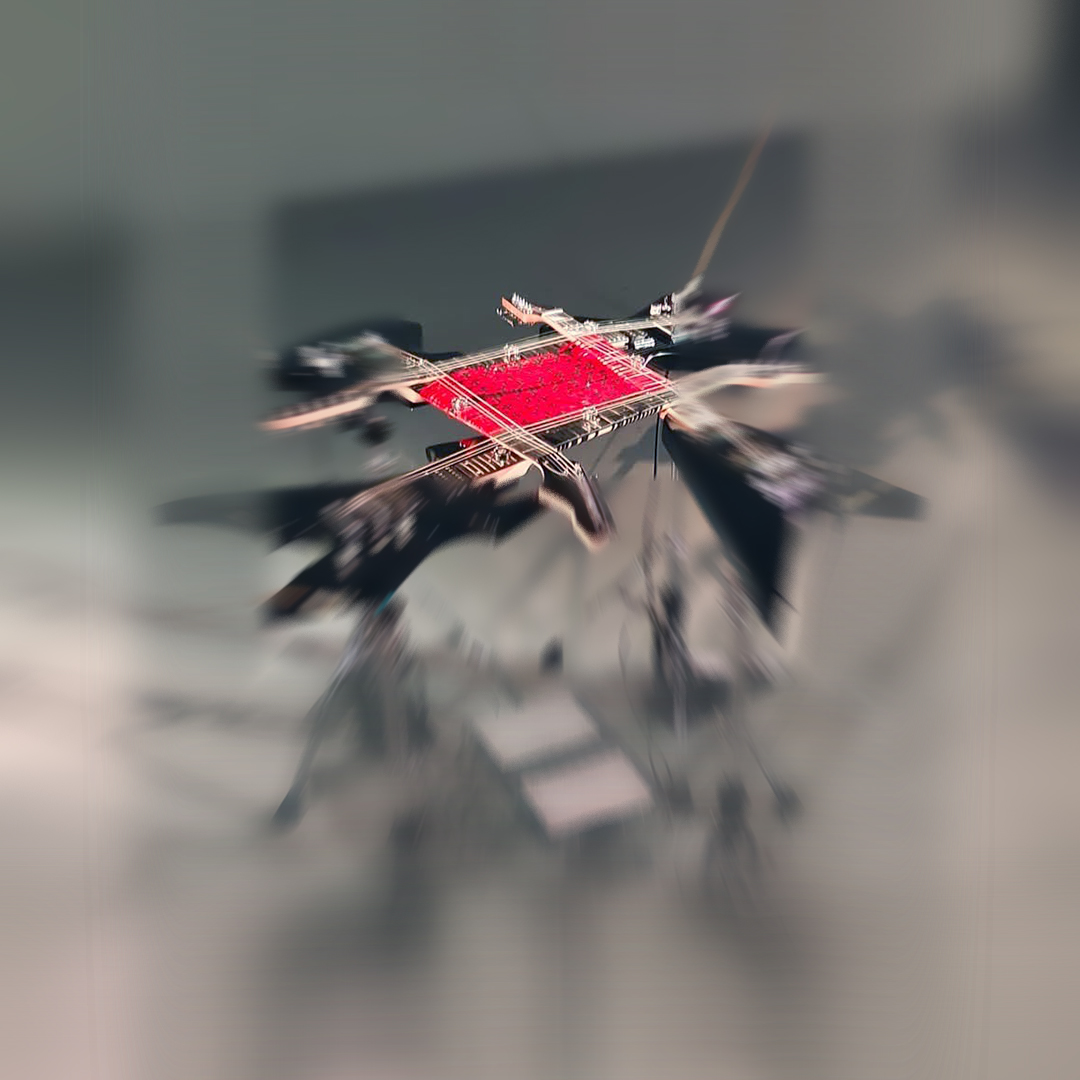
Why Frets?
Opening of the 16th edition of Audioart — festival of experimental and improvised music
28 – 30 8 2025
Why Frets? by Marko Ciciliani is a series of three works – a multimedia performance, a performance lecture, and an installation – that illuminate different aspects of this fictional history of the electric guitar from varying angles. The story is based on speculative fabulation – a deliberate re-invention of the past. Rather than pursuing the idea of creating something new as an envisaging of the future, speculative fabulation and the rewriting of history proceeds from an examination of the conditions of how society and culture arrived at their present state. As an artistic practice of “arrière-art” – as opposed to “avant-art” –, rewriting the past offers a method of imagining what contemporary society might look like alternatively, and thus of creating a vision of a future. Or as Donna Haraway put it: “The open future rests on a new past” (1978). In this way, the three individual works Why Frets? – Requiem for the Electric Guitar, Why Frets? – Downtown 1983 and Why Frets? – Tombstone – complement each other in the sense of a transmedia storytelling. Each of the individual works is a self-contained work, but taken as a whole, the three artworks cast different spotlights on the electric guitar, focusing on aspects such as techno-cultural developments, inscriptions of gender, or social values.
a: Marko Ciciliani
Marko Ciciliani is a composer, intermedia artist and performer. The focus of his artistic work lies in the composition of performative electronic music, mostly in audiovisual contexts. Interactive video, light design and laser graphics often play an integral part in his compositions, just as well as elements of ergodic or transmedia storytelling and speculative fabulation. The German magazine Neue Zeitschrift für Musik referred to him as “one of today’s most interesting composers in the field of electronic music and multimedia” (01/2020).